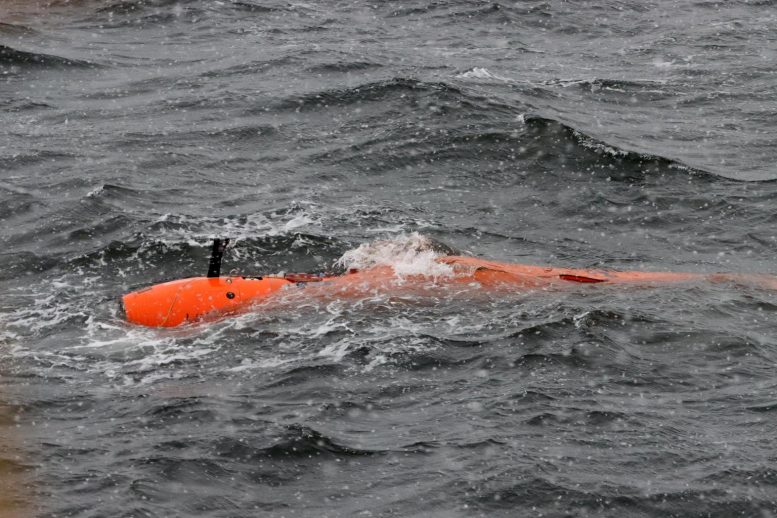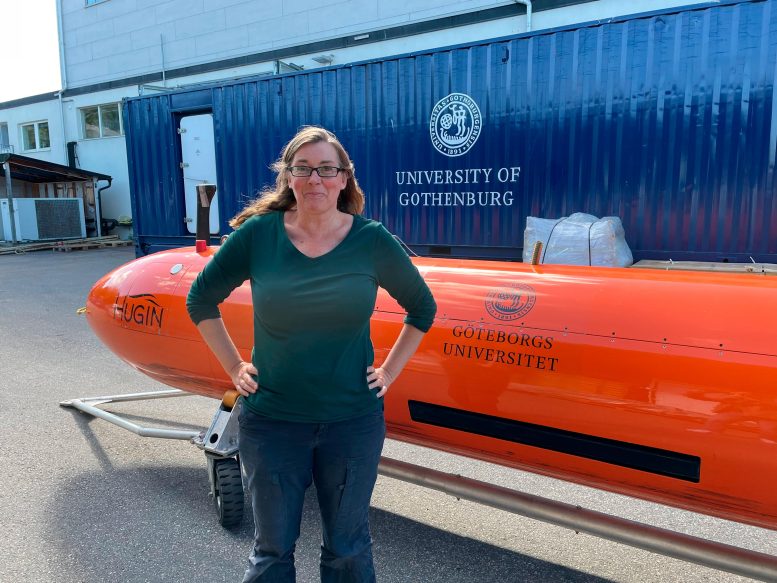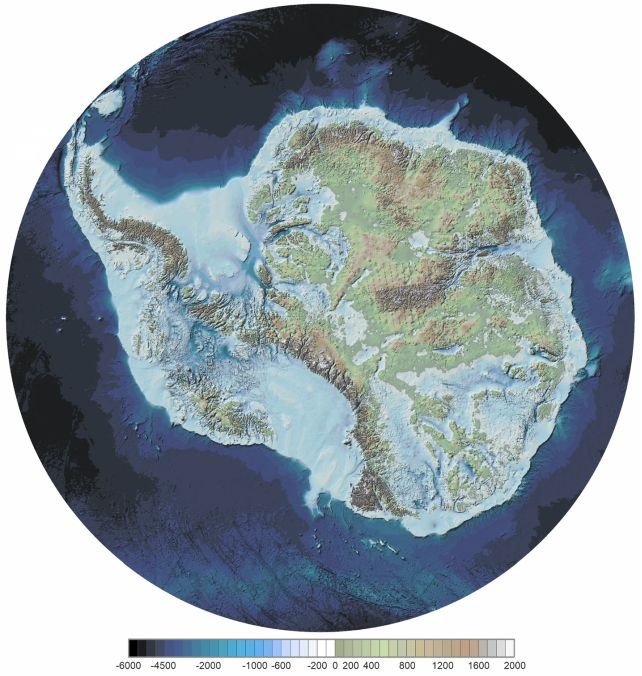 The Ran, an unmanned underwater vehicle, has gone missing under a glacier in Antarctica. The seven-meter-long vehicle disappeared during an expedition with the South Korean icebreaker RV/IB Araon. The project is led by Professor Anna Wåhlin from the University of Gothenburg. Ran is equipped with modern technology and sensors to measure and document underwater surroundings, and it has been utilized successfully in Antarctica.
The Ran, an unmanned underwater vehicle, has gone missing under a glacier in Antarctica. The seven-meter-long vehicle disappeared during an expedition with the South Korean icebreaker RV/IB Araon. The project is led by Professor Anna Wåhlin from the University of Gothenburg. Ran is equipped with modern technology and sensors to measure and document underwater surroundings, and it has been utilized successfully in Antarctica.
“This was the second time we took Ran to Thwaites Glacier to document the area under the ice. Thanks to Ran, we became the first researchers in the world to enter Thwaites in 2019, and during the current expedition we have visited the same area again. Even if you see melting and movements in the ice from satellite data, from Ran we get close-ups of the underside of the ice and information about exactly which mechanisms are behind the melting,” says Anna Wåhlin. The Thwaites Glacier in Antarctica is immense and has the potential to raise global sea levels by several meters if it were to melt completely.
 Losing Contact With Ran
Losing Contact With Ran
During its dives under the 200–500 m thick ice, Ran does not have continuous contact with the research vessel. The route is pre-programmed, and thanks to its advanced navigation system, Ran can find its way back to open water. The mission under a glacier is built up in several stages, starting near the bottom and outside the ice to gradually build up the difficulty and finally go really close to the ice and perform measurements in the interface layer between ice and water.
During January of this year, Ran completed several successful dives under Thwaites. However, during the last planned dive of the expedition, something went wrong. After a long journey under the ice, the AUV did not appear at the programmed rendezvous point. Search operations were conducted but in the end it was just a matter of realizing that Ran had been lost.
“It’s a bit like looking for a needle in a haystack, but without even knowing where the haystack is. At this point, Ran’s batteries are dead. All we know is that something unexpected happened under the ice. We suspect it ran into trouble, and then something prevented it from getting out,” says Anna Wåhlin.
“The data we receive from Ran is unique in the world, and of great value for international research. At the same time, the stakes are high, we knew something like this could happen, even that it’s a likely end for Ran. Personally, I’m of the opinion that this is a better end than having the AUV aging gathering dust in a garage. At the same time, it is of course a very big loss,” says Anna Wåhlin.
“Our aim is to replace Ran. We will be looking for a financier to cover the deductions made by the insurance company and the price increase that has occurred over the years,” says Anna Wåhlin.












